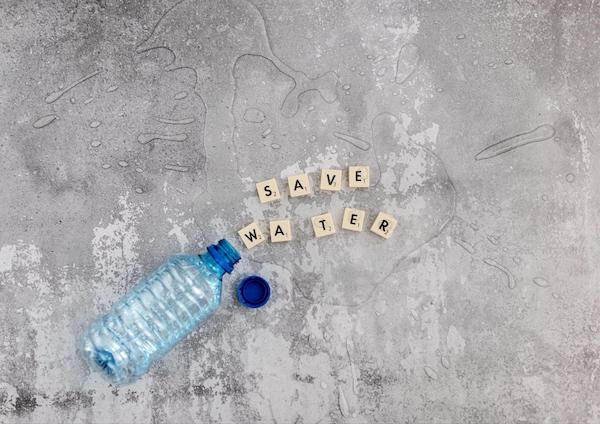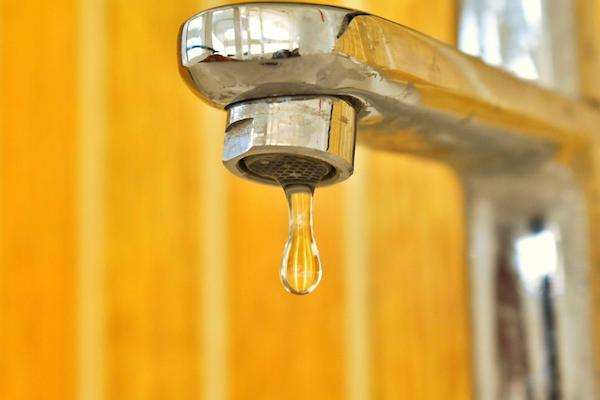In a world where water is both our lifeline and a finite resource, the art of water preservation becomes a crucial brushstroke in the canvas of sustainable living. This article is a guide that delves deep into the simple yet impactful strategies for preserving our water, and shaping a more sustainable and responsible future.
Photo by Dominika Roseclay
Understanding the Importance of Water Preservation
Water is not just a resource; it’s a fundamental component of life. As the global population grows and climate change alters precipitation patterns, the need to conserve water has never been more urgent.
Water preservation is not just about ensuring a sustainable water supply for human needs; it’s also about safeguarding ecosystems. Aquatic habitats, from rivers to oceans, are delicate ecosystems that depend on a delicate balance of water quantity and quality. Human activities, such as pollution and over-extraction, disrupt this balance and harm biodiversity.
Climate change is altering precipitation patterns, leading to more frequent and severe droughts in some regions and intense rainfall in others. Understanding the connection between water preservation and climate change is crucial for adapting and mitigating its impact.
Practical Water Preservation Strategies for Everyday Living
Landscaping practices play a significant role in water usage. Consider xeriscaping, a landscaping technique that uses native plants and minimizes the need for additional water. Collect rainwater in barrels for gardening and use mulch to retain soil moisture. These simple adjustments not only conserve water but also create a beautiful and sustainable outdoor space.
A dripping faucet may seem inconsequential, but those small drips add up over time. Fix leaks promptly to prevent water wastage. The ways to save water are by checking faucets, toilets, and pipes regularly. A leaky toilet can waste hundreds of gallons of water each day, impacting both your water bill and the environment.
Consider upgrading your household appliances to more water-efficient models. Look for the WaterSense label on faucets and toilets, indicating that they meet water conservation and performance standards. High-efficiency washing machines and dishwashers not only save water but also reduce energy consumption.
Shortening your shower time by just a few minutes can save a significant amount of water. Consider installing a low-flow showerhead, which maintains water pressure while reducing water usage. Additionally, turning off the water while shampooing or soaping up can make a notable difference in your household water consumption.
Harness the power of nature by collecting rainwater. Place rain barrels or containers under your downspouts to capture rainwater for later use. This harvested rainwater can be utilized for watering plants, washing outdoor surfaces, or even for non-potable indoor uses, reducing your reliance on treated tap water.
When washing dishes by hand, fill the sink with soapy water rather than letting the tap run continuously. This simple practice can save gallons of water per session. If you use a dishwasher, wait until you have a full load before running it to maximize water and energy efficiency.
Photo by Nithin PA
Community Initiatives: Joining Forces for Water Preservation
Individual efforts are significant, but collective action amplifies the impact. Joining community initiatives and spreading awareness can create a ripple effect that transforms into waves of change.
Community Clean-Up Projects: Nurturing Waterways
Participate in or initiate community clean-up projects focused on rivers, lakes, and beaches. Removing litter not only beautifies the environment but also prevents pollutants from entering the water, preserving the health of aquatic ecosystems.
Educational Programs: Empowering Future Stewards
Collaborate with local schools, community centers, or environmental organizations to conduct educational programs on water conservation. Instilling a sense of responsibility and awareness in younger generations ensures a sustainable approach to water usage in the future.
Water-Saving Campaigns: Making Waves in Awareness
Initiate or support water-saving campaigns within your community. Use social media, local newsletters, or community events to share practical tips and information on the importance of water preservation. The more people understand, the more likely they are to adopt water-saving practices.
Community Gardens: Growing Together
Community gardens not only promote sustainable food practices but also provide an opportunity to implement water-efficient gardening techniques on a larger scale. Share knowledge, resources, and the joy of gardening while collectively minimizing water usage.
The Power of Conscious Choices: Cultivating a Water-Responsible Lifestyle
As we navigate through the strategies and initiatives outlined in this guide, it becomes evident that water preservation is not just about adopting a set of practices; it’s about cultivating a water-responsible lifestyle.
Cultivate Gratitude for Water: Mindful Reflection
Pause for a moment to reflect on the privilege of having access to clean water. Cultivate gratitude for this essential resource, and let it inspire your commitment to preserving it for current and future generations.
Mindfulness in Consumption: The Ripple Effect
Approach water consumption with mindfulness. Be conscious of the choices you make, whether it’s shortening your shower, fixing a leak, or supporting businesses that prioritize water efficiency. Every mindful choice creates ripples of change that extend far beyond your immediate surroundings.
Advocate for Policy Changes: Citizen Stewardship
Be an advocate for policies that prioritize water conservation and sustainable water management. Engage with local government, participate in community meetings, and support initiatives that aim to protect water resources. As responsible citizens, our voices can drive positive changes in water policies.
Lifelong Learning: Staying Informed
Water conservation is an evolving field, and staying informed about new technologies, practices, and policies is crucial. Lifelong learning about water-related issues empowers you to adapt and implement the most effective conservation strategies.
Conclusion
As we conclude our exploration of the art of water preservation, let’s recognize that every action, no matter how small, contributes to the greater tapestry of change. The ripples we create today can grow into waves that shape a more sustainable tomorrow.
Water preservation is not a task for the few; it’s a responsibility we all share. By embracing these simple strategies, joining community initiatives, advocating for corporate responsibility, and cultivating a water-responsible lifestyle, we become stewards of this precious resource.
Let’s create a wave of change together—one drop, one ripple at a time. As we unveil the art of water preservation, we sculpt a future where clean, accessible water is not just a privilege but a universal right. In this journey, your actions matter, and collectively, we can ensure that the ripples of change transform into a tide of lasting impact.
Read More:



